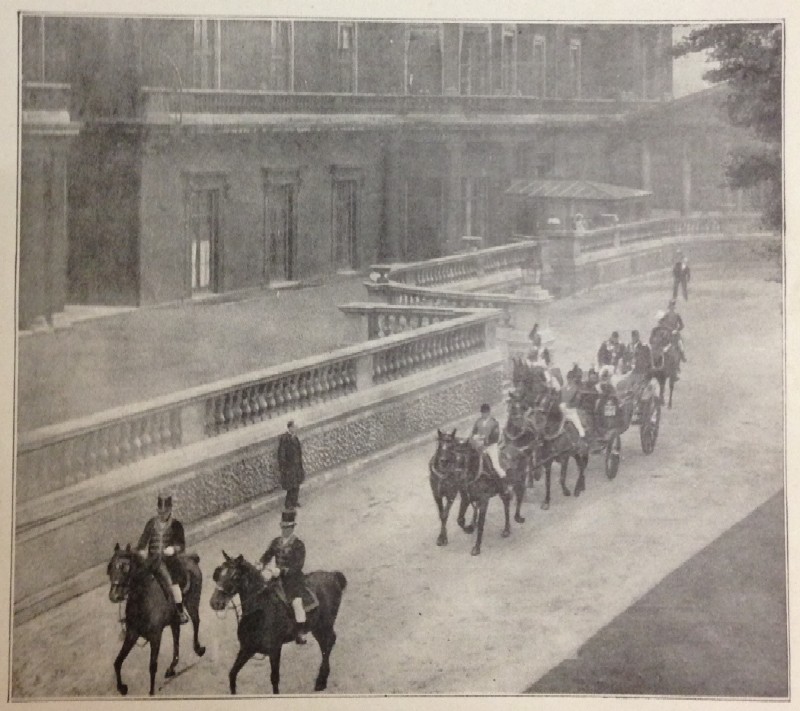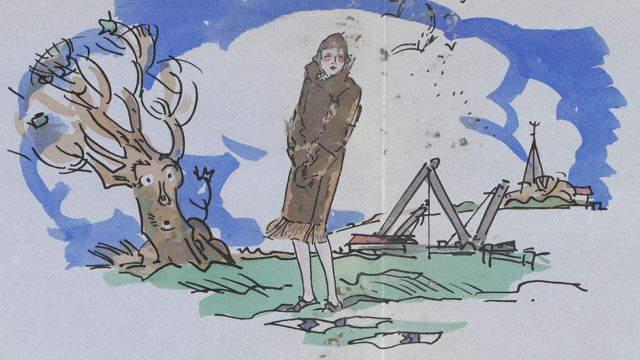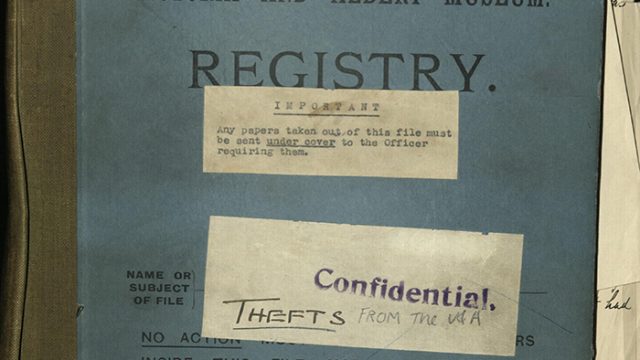Traffic management and crowd control were uppermost on Sir John Donnelly’s mind when he sat down to dictate a memo to the Vice President of the Committee of Education on 20 April 1899. The foundation stone laying ceremony for the new museum buildings at South Kensington was only four weeks away and Donnelly was concerned about possible congestion caused by Queen Victoria’s accompanying escort and ‘the other Royal carriages which cannot go into the covered pavilion’.
A veteran of the Crimean War and the trenches before Sevastopol, Donnelly applied his military training in analysis and problem solving to the situation on the ground:
… it would appear that it is proposed that the Queen should drive in by the gate marked A on the accompanying plan and after laying the foundation stone at B drive out at C. The route is marked in red.
I would venture to propose that instead of this Her Majesty should drive in at the gate marked D and follow the route indicated in blue on the plan; and that the staff of the Department should be allowed at their own expense to put up a low open-air stand on each side of this route. This would enable the staff and employees of the Department to see the procession and I am informed that but a small number of them can be given seats in the Pavilion.
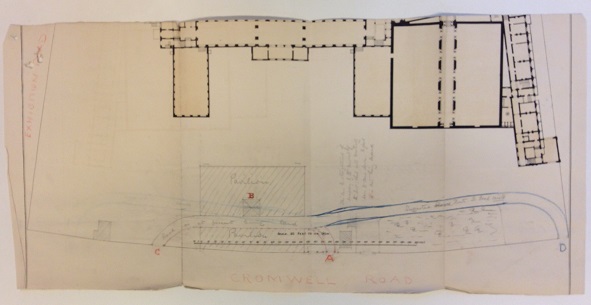
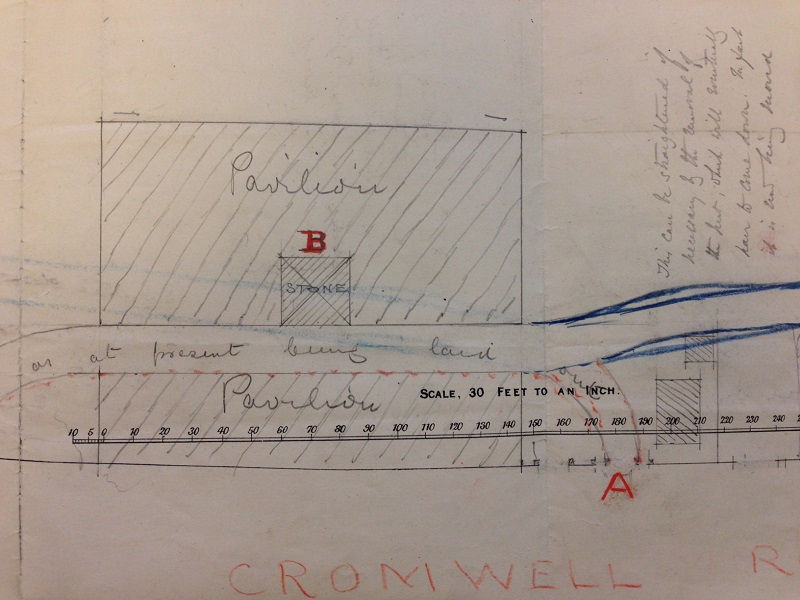
From this small adjustment, two benefits would flow: Her Majesty would not be thrown unceremoniously out of her seat as the driver of her semi-state open landau attempted a tricky left turn into the pavilion since ‘easier curves can be given’ to the carriages (the original plan shows a particularly sharp angle of entry at gate A) and the escort would have a place to regroup while the ceremony was taking place.
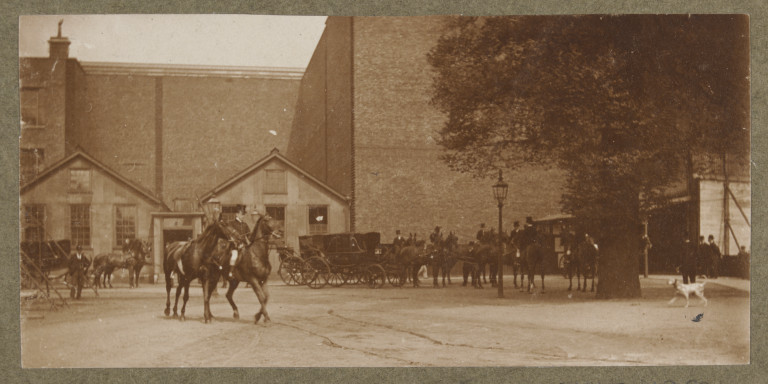
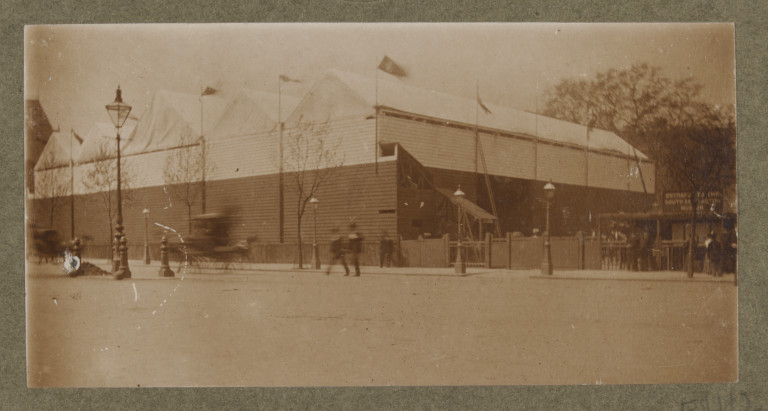
The day after circulating his original memo, Donnelly submitted an addendum. Unfortunately he had been somewhat hasty in claiming that the small lodge, which partially blocked the proposed new route, was in the process of being moved. In fact, all that had been done so far was to dig a trench; however, ‘This shows that the lodge could be moved bodily without any difficulty in a few hours’. Not wanting to appear too presumptuous, Donnelly added, ‘if it was thought desirable to straighten the road’. The new route would also enable the students of the Royal College of Art to watch the procession ‘and I need not say that they will be much disappointed it they have no opportunity of seeing it’.
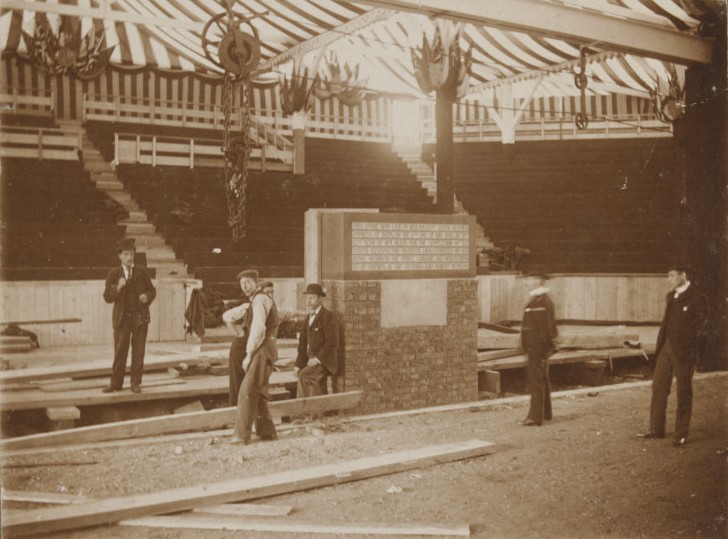
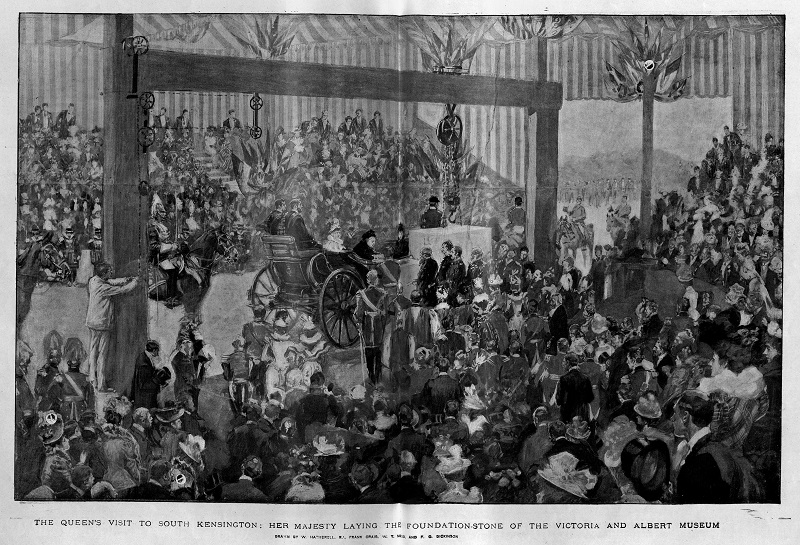
Donnelly’s first memo was referred to the Lord President that same day, along with a covering minute, which remarked that the suggested scheme seemed ‘deserving of consideration’. (His addendum was presumably also circulated as it is on the archive file.) A further minute, dated 25 April, recorded that one of the Lord President’s officials had met that morning with the Crown Equerry and the Commissioner of Police, who had ‘no objection whatsoever to the Queen driving in at D’. Donnelly had been given the green light to straighten the road.
For further perspectives on the foundation stone laying ceremony, see my blogs Queen Victoria’s Trowel and What lies beneath: Foundation stones and time capsules.
